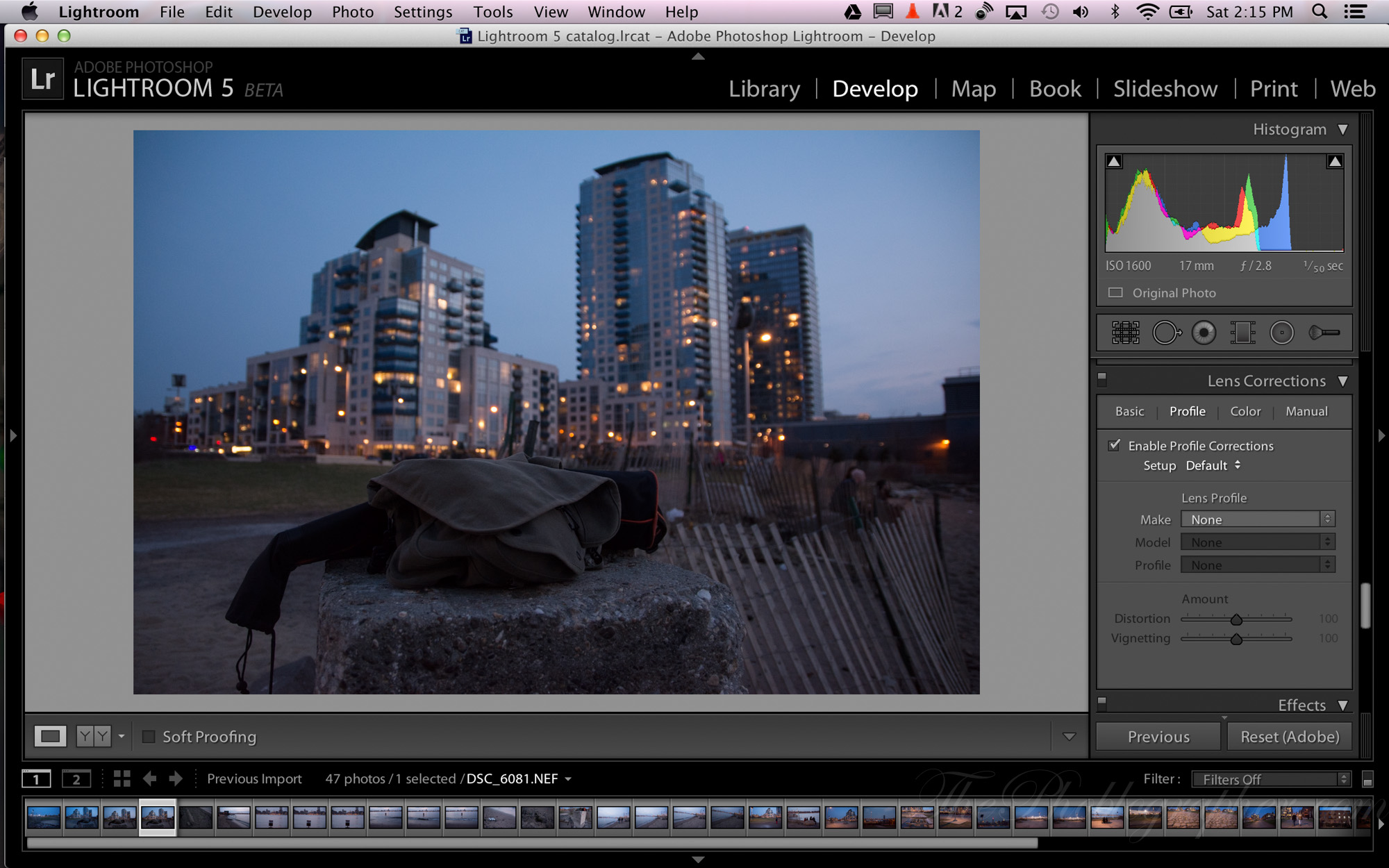
But I still haven’t recovered as many details from the ridge and sky, even though Contrast, Clarity, and Blacks have been significantly adjusted and Highlights is already at -100.

I had to adjust Exposure, Contrast, Highlights, Shadows, Whites, Blacks, and Clarity, while Dehaze was a quick 1-slider move. In the version below I was able to approximate what Dehaze did but using manual adjustments instead. In the following original image we see the top left of the mountain obscured by haze.īelow, increasing Dehaze to 70 clarifies details along the ridge and starts to clear up the sky. This may be because they recommend completing Basic corrections before adjusting Dehaze.

Dehaze was previously demonstrated as the Defog technology preview at the 2014 Adobe MAX conference.Īdobe chose to add Dehaze to the Effects panel, not the Basic panel. And you can also use it to add haze to images. Dehaze is specially tuned to recognize and manipulate the way haze varies with distance, and it’s just one simple slider. This means you’d have to manually apply local corrections to vary your contrast adjustments in different parts of the photo. While you can already address haze by manipulating general and local contrast, using existing controls such as Contrast, Clarity, and Tone Curve, the complication with haze is that it increases with distance.

The Dehaze slider attempts to remove atmospheric haze from photographs. The two most prominent are Dehaze and being able to adjust Whites and Blacks in local adjustments. The Adobe blog posts I linked above describe new features for Lightroom CC and Camera Raw. New features in Lightroom CC 2015.1 and Camera Raw 9.1
In this article I summarize some of the main points.


 0 kommentar(er)
0 kommentar(er)
